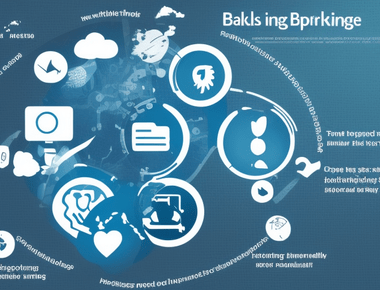

What is zero trust and can it help to evolve people’s understanding of security, vulnerabilities and digital threats?
Security has always been a concern for people, but with the rapid advancement of technology in the digital age, it has become increasingly important that we understand our vulnerabilities and digital threats.
Zero trust is a security model that can help us evolve our understanding of security, vulnerabilities, and digital threats, and the benefits of this model can be immense.
To start, let’s define zero trust. Simply put, zero trust is a security model that does not assume any trust exists between the user and the network.
It is based on the principle of “trust no one,” meaning that each user needs to be authenticated and authorized before being granted access to the network. This is in contrast to the traditional security model, which assumes all users are trusted until they do something wrong. Understanding security, vulnerabilities, and digital threats is key to understanding how zero trust works.
Security is concerned with protecting systems from malicious actors, and is typically achieved through authentication, authorization, and encryption. Vulnerabilities are weaknesses in security systems that can make them vulnerable to attack, while digital threats are malicious actors that use these vulnerabilities to gain access to a system.
Zero trust and its benefits can help to improve our understanding of these concepts. One benefit of the zero trust model is its centralized model. This model allows for improved visibility into the security of the network, as all authentication and authorization requests are sent to a centralized server. This improved visibility can help administrators detect malicious activity quickly and accurately, as well as improve security overall.
Another benefit of the zero trust model is its improved security. This model allows for authentication and authorization requests to be sent to a centralized server, which can help to improve the overall security posture of the network. Additionally, this model also allows for more granular control over access, meaning that users can be granted different levels of access depending on their role and access requirements.
In conclusion, zero trust is a security model that can help to evolve people’s understanding of security, vulnerabilities, and digital threats. It is based on the principle of “trust no one,” and its benefits include improved visibility, improved security, and more granular control over access. By understanding and implementing this model, organizations can improve their security posture and better protect themselves from malicious actors.
Share
Related Posts
Quick Links
Legal Stuff





